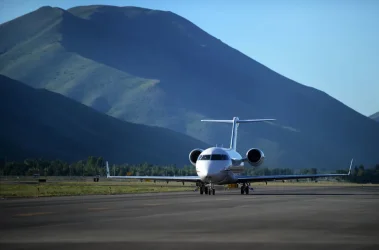Read stories about air passengers injured during turbulence on their flight. A lot of times does not specify how the injuries occurred. Have read about passengers hitting the ceiling of the aircraft. My guess is that is normally how the injuries occur. On flights I have been on the captain comes on the intercom and says we might get some turbulence and he has turned on the seat belt light and folks should use their seatbelts. I think the injuries occur when people do not use their seatbelts. Maybe the stewardesses should go around and make people use them.
If you have your seat belt on I don't see how you can get injured.
If you have your seat belt on I don't see how you can get injured.

